1980s
Rhapsody in Big Blue
Darryl Gammill came up with a way to convert stock-price movements into music. The result was the release in 1985 of "Rhapsody in Big Blue," which was a musical rendition of IBM's stock activity between April 1984 to April 1985.I haven't been able to find any samples of the album online. I can't even find any used copies of it for sale. This was evidently an extremely obscure record release.


Popular Computing Weekly - April 3-9, 1987

Time - Sep 16, 1985

The Economist - Aug 31, 1985
Posted By: Alex - Mon Mar 06, 2023 -
Comments (2)
Category: Business, Music, 1980s
Unauthorized Dwellings 28
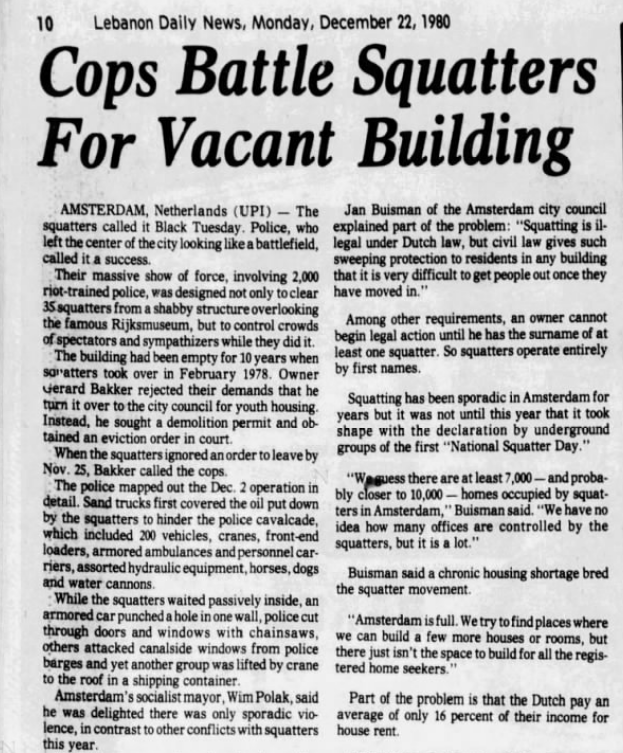
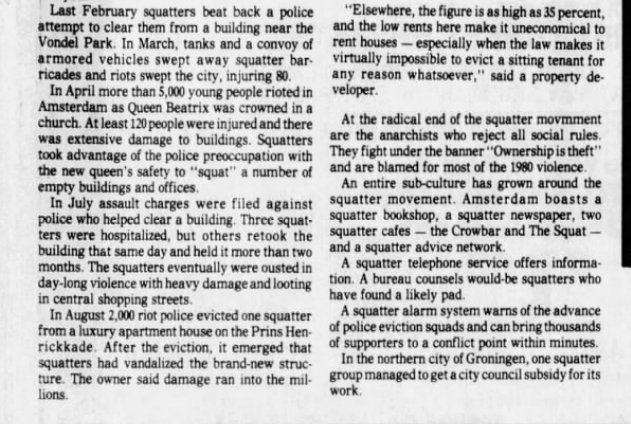
Posted By: Paul - Tue Feb 21, 2023 -
Comments (1)
Category: Police and Other Law Enforcement, Unauthorized Dwellings, 1980s, Europe
An Electrifying Performance

The Carlisle Sentinel - Sep 28, 1983

Los Angeles Times - Sep 28, 1983
Posted By: Alex - Thu Jan 26, 2023 -
Comments (4)
Category: Accidents, 1980s
The Prima Diner
Dinner ain't over till the fat lady bakes!Read it here.
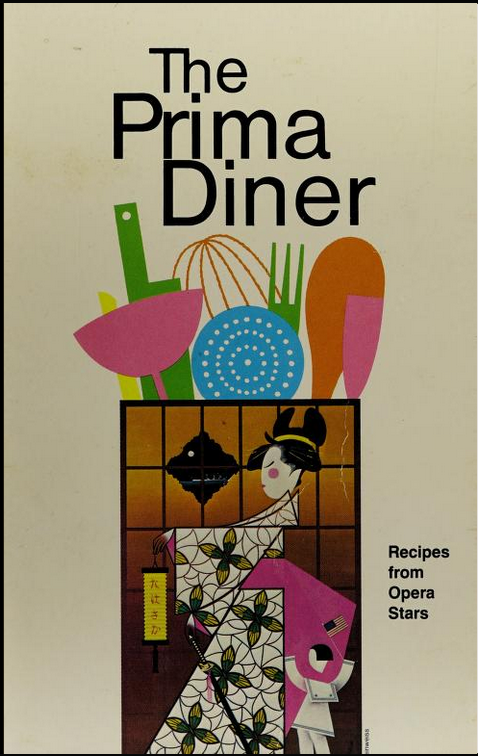
Posted By: Paul - Sun Jan 15, 2023 -
Comments (0)
Category: Food, Cookbooks, Music, 1980s
Endogen Depression—Turkeys and TV sets
The art installation "Endogen Depression," by Wolf Vostell, consisted of 30 television sets, partially cast in concrete, and five live turkeys.Vostell presented this installation once in the U.S., at the Los Angeles Institute of Contemporary Art, in December 1980.

source: LA Public Library
Text from the LA Times (Dec 17, 1980):
Vostell means to contrast the sophistication of TVs and turkeys. The birds win handily. He also feels we can learn more from reputedly stupid turkeys than from television, but the comparison may not be a fiar one. The TV drone is so familiar and the programming so low-level, we quickly accept it as easily tuned-out background noise. Turkeys, on the other hand, look downright exotic to city folks who have never encountered one off a serving dish and wearing its feathers.
You can check out a video of the turkeys and TVs from the 1980 event at vimeo.com (embedding was disabled).
Posted By: Alex - Sun Dec 18, 2022 -
Comments (2)
Category: Art, Television, 1980s
SHT and SCAT
In his 1983 book Big Business Blunders: Mistakes in Multinational Marketing, David Ricks tells the following story:I've been able to find ads for SHT, such as the one below, but none exactly like the one that Ricks describes. Which doesn't mean the ad doesn't exist. Just that it isn't in any journals archived online.
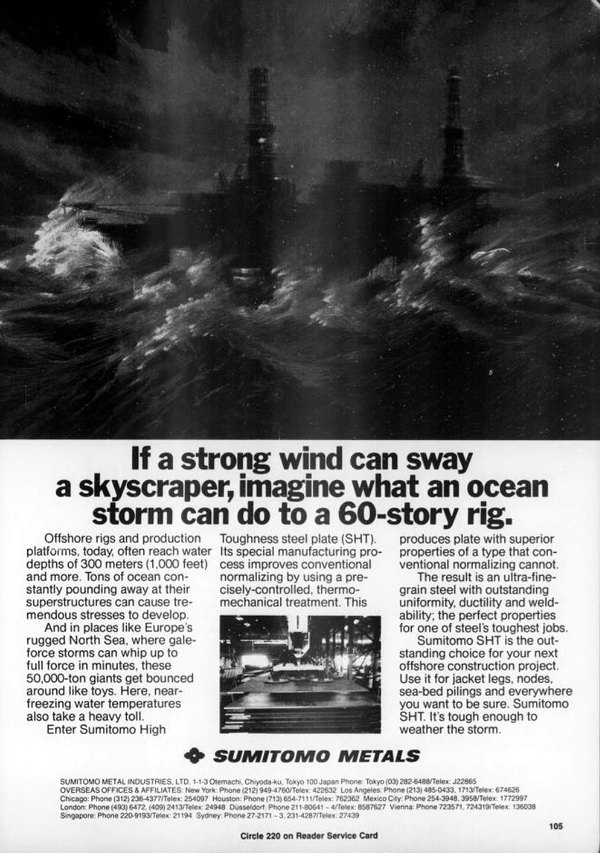
However, among the ads for SHT that I was able to find, I found one that actually improves (and possibly complicates) Ricks's story. Because it turns out that Sumitomo had another product, Sumitomo Calcium Treatment, that it abbreviated as SCAT.
Once I could accept as an honest mistake, but coming up with scatalogical abbreviations twice seems intentional. I'm guessing either someone at Sumitomo thought it was funny, or someone at the Japanese agency was having a joke at their expense.
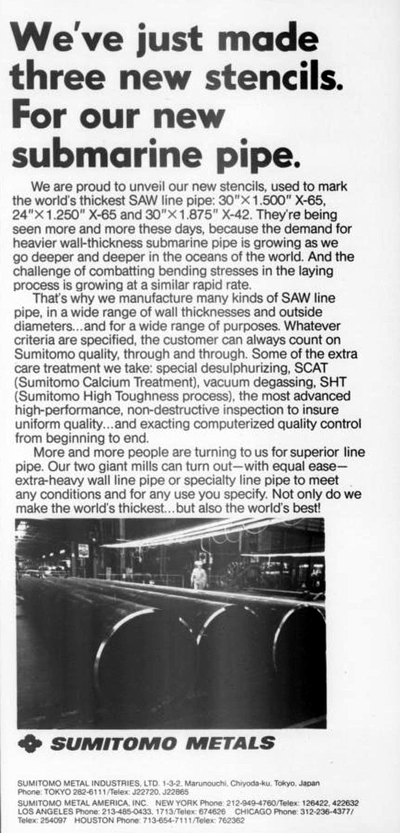
Posted By: Alex - Sun Nov 27, 2022 -
Comments (1)
Category: Business, Products, Odd Names, Excrement, 1980s
Grapefruit Diet Ad
"With success, comes class!"
Posted By: Paul - Sat Nov 26, 2022 -
Comments (2)
Category: Food, Fruit, Advertising, 1980s, Dieting and Weight Loss
Hair Coloring Calculator
Pity the poor inventor of the 1980s, who had a notion for something not supported by the clunky digital tech of that era. This elaborate device is today just a free app.Full patent here.
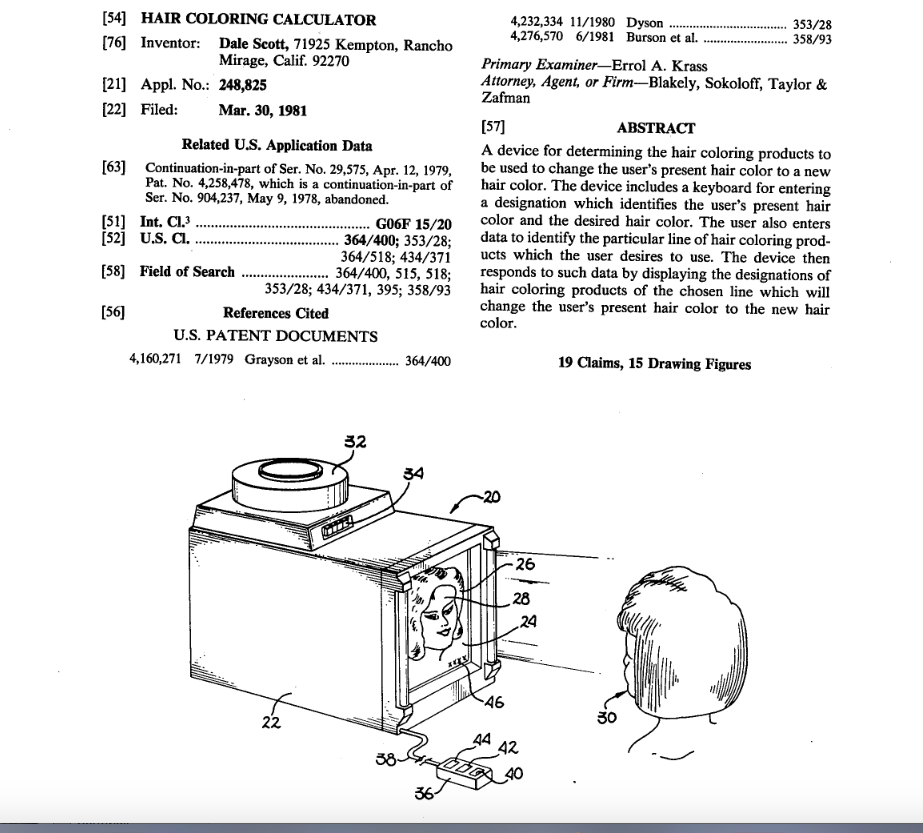
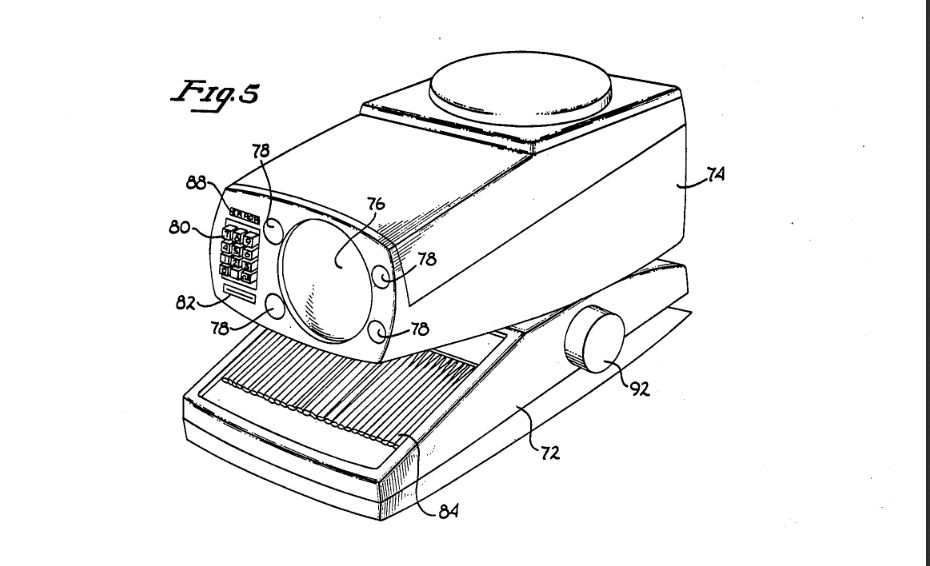
Posted By: Paul - Fri Nov 25, 2022 -
Comments (0)
Category: Inventions, Patents, 1980s, Hair and Hairstyling
Miss Fine Brown Frame
A beauty contest inspired by a song! It started in 1947, but I'm not sure when it ended. But it was still active at least till 1983, as you can see below.Source of text.

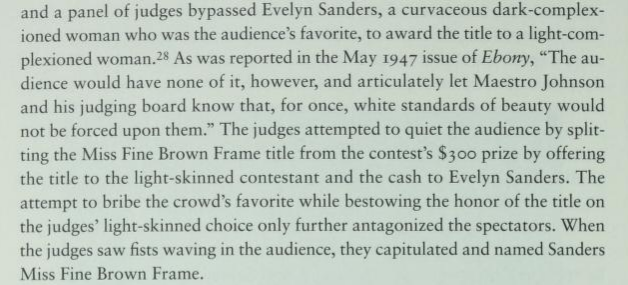
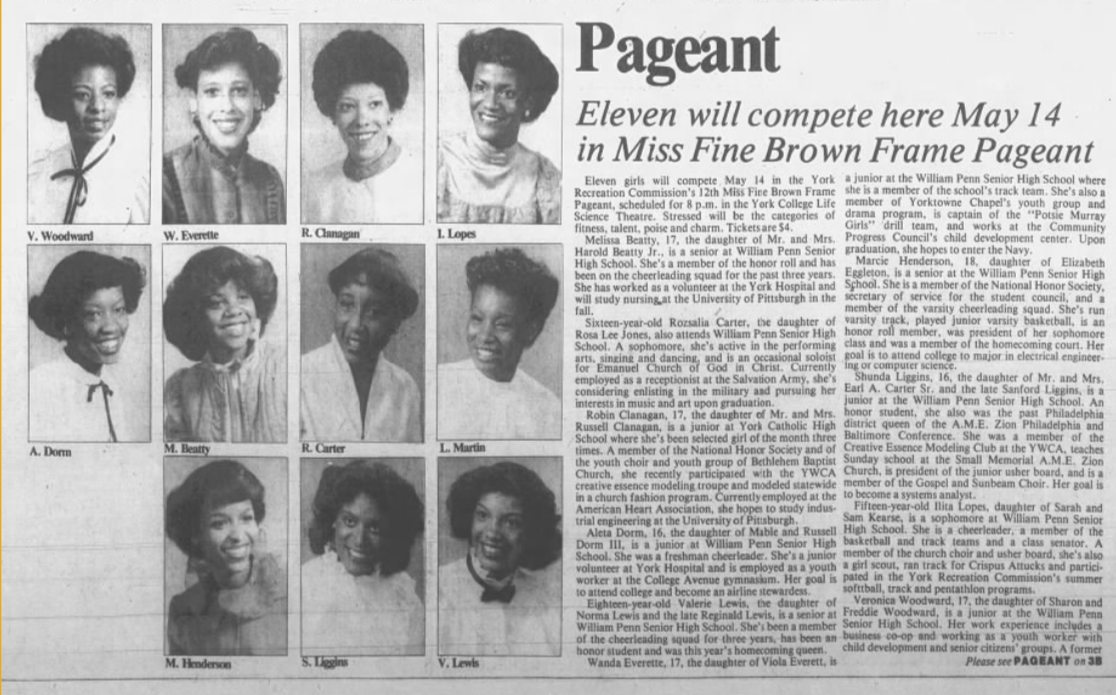
Posted By: Paul - Tue Nov 08, 2022 -
Comments (0)
Category: Awards, Prizes, Competitions and Contests, Beauty, Ugliness and Other Aesthetic Issues, Ethnic Groupings, Music, 1940s, 1980s
Death by Halloween costume

Redlands Daily Facts - Nov 2, 1981
Posted By: Alex - Mon Oct 31, 2022 -
Comments (2)
Category: Death, 1980s, Halloween

| Who We Are |
|---|
| Alex Boese Alex is the creator and curator of the Museum of Hoaxes. He's also the author of various weird, non-fiction, science-themed books such as Elephants on Acid and Psychedelic Apes. Paul Di Filippo Paul has been paid to put weird ideas into fictional form for over thirty years, in his career as a noted science fiction writer. He has recently begun blogging on many curious topics with three fellow writers at The Inferior 4+1. Contact Us |




